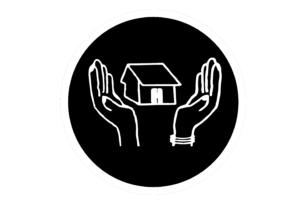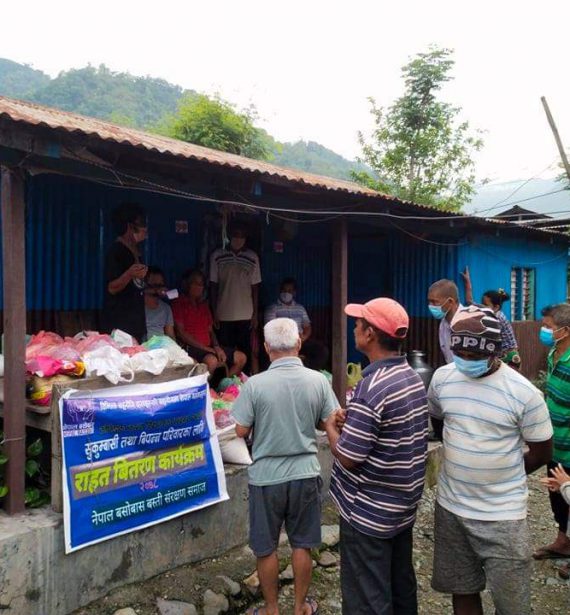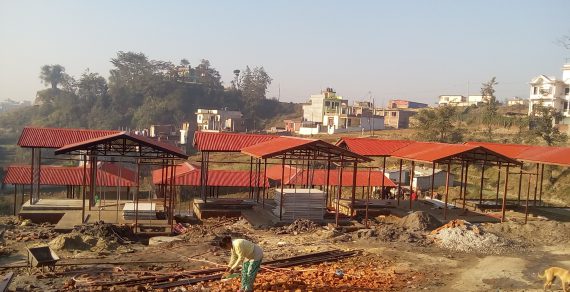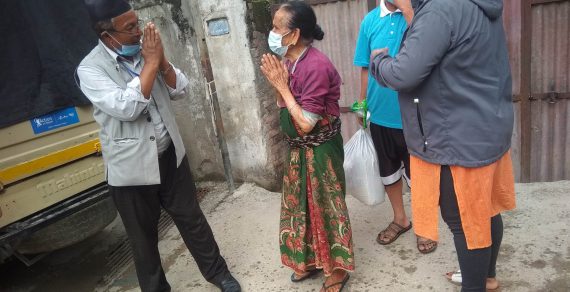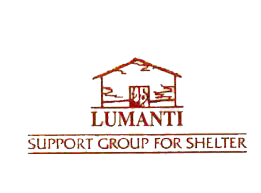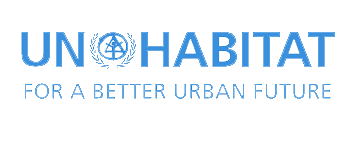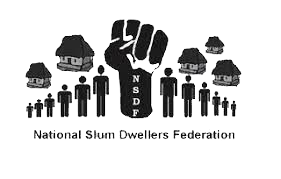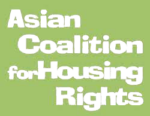Our Philosophy
‘Society for Preservation of Shelter and Habitat (SPOSH), or BASOBAS in short, meaning ‘shelter,’ is a national network of the urban poor across all seven provinces. SPOSH-Nepal was formed by the slum dwellers and informal settlements to serve and fight for their rights, welfare and security. Established in 1994, SPOSH-Nepal has a huge nation-wide network for slum and informal settlements with an active presence in more than 56 districts and 42 district committees.
With this, SPOSH is working to unite all slum dwellers to voice, struggle and work together for the betterment, welfare and security of the slum community. Since its inception, SPOSH-Nepal has been strongly advocating for the rights of slum people for adequate housing, land and tenure security, public amenities, social security, improved livelihoods, quality education, health and basic services.
Our Vision
To establish social, economic and environmental security of all slum dwellers and informal settlements along with improved quality-of-life and well-being.
Housing
Access to Affordable, Resilient and Sustainable Housing
Land
Access to Land and Land Tenure Security
Health
Access to Clean Water and Adequate Sanitation for All
Social
Establishment of Social Security
Environment
Protection from Natural Disasters such as Floods and Landslides
Our Members
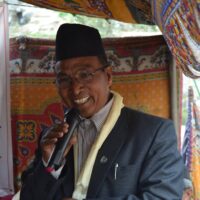
Hukum Bahadur Lama
Founder President
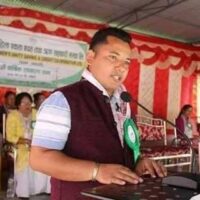
Kumar Karki
President
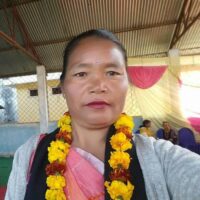
Dhan Kumari Ale
Vice President
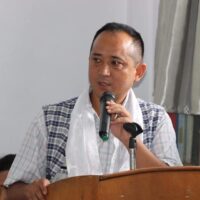
Raju Tamang
General Secretary
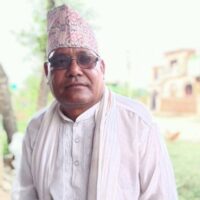
Resham Giri
Secretary
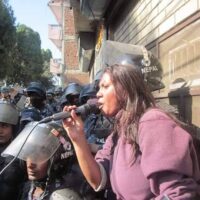
Smita K.C.
Treasurer
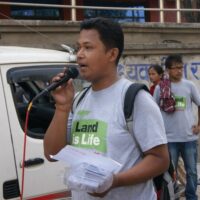
Moti Lal Lama
Vice Treasurer
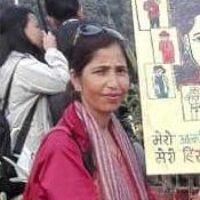
Bhagbati Gautam
Executive Board member
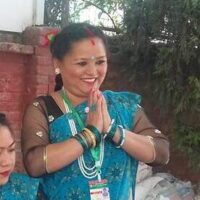
Naina Thapa
Executive Board member

Dr. Sabin Ninglekhu
Advisor / Life time member
Frequently Asked Questions
क) सुकुम्बासी भुमिहिन भन्नाले आफ्नो र आफ्नो परिवारको नाममा जमिनको स्वमित्व नभएको र मुलुकभर आफ्नो वा आफ्नो परिवारको आय आर्जन श्रोत र प्रयासबाट जग्गाको प्रवन्ध गर्न असमर्थ रहेको व्यक्ति, परिवार वा समुदायएैलानि जग्गा, पर्ति ,गुठि सरकारी जमिन, नदी किनार, बगर,वन सिमाना आदिमाघर टहरा बनाई बसोबास गर्ने व्यक्ति, परिवार वा समुदाय भन्ने बुझ्नु पर्छ । ख) अव्यबस्थित भन्नाले नेपालभर कुनैपनि ठाउँमा आफू वा आफू प्रति आश्रित परिवारको नाममा घरजग्गा भएको वा नभएको व्यक्ति र बषौंदेखि एैलानि जग्गा, पर्ति ,गुठि सरकारी जमिन, नदी किनार, बगर, वन सिमाना आदिमा घर टहरा बनाई बसोबास गर्ने व्यक्ति, परिवार वा समुदाय भन्ने बुझ्नु पर्छ ।
शहरी गरिव को हन् त ! भन्न्ो कुरामा धेरै सरोकारवालाहरु, सम्बन्धित निकायको बेग्ला–बेग्लै निश्कर्ष रहदै आएको छ शहरी गरिबहरुबढ्दो शहरीकरण संगै विकास भएको भन्ने पनि सुन्ने गरिन्छ । वास्तवमा शहरी गरिबहरु लालपूर्जा बिहिन, भूमिहिन र अव्यबस्थित बस्तिमा बसोबास गर्ने समुदायलाई बुझिन्छ । नेपालमा जति पनि शहरी गरिव भनेर त्जभकष्क तथा एज्म् गर्नेहरुको क्तगमथ को खाँका नै बन्छ साथै गरिबी निबारण कोषको सर्वे पनि यहि समुदायमा नै गरिन्छ , के यो ठहर गर्न सकिन्न र त्यसैले हामी भन्छौं शहरी गरिव लालपूर्जा बिहिन, भूमिहिन र अव्यबस्थित समुहाय नै हुन् ।
There are around five million people (1.3 million households) in Nepal who can be categorized as landless; a large proportion of landless people live in squatter, ‘abyawasthitनेपालको सुकुम्बासी बस्तिहरुको उदय के र कसरी भयो भने भौगोलिक स्थिीती, बाढि पहिरो पिडित, द्धन्द पिडित, माहामरी, प्राककिृत प्राकोपहरुवाट प्रभावित र शिक्षा, रोजगारिको खोजिमा झाडी भएको खोला किनार, बेकामे ऐलानी जग्गा ,असुरक्षित सार्वजनिक जग्गा, खेर गएको गुठि जग्गा, पहिरो जाने डाँडा पाखाहरु, फोहर फाल्ने ठाँउमा बर्षौ देखि बसोबास गर्न बाध्य छन् । यो अवस्थाका कारणले गर्दा अत्ति दुर्गम क्षेत्रमा खान लाउन समेत नपुग्ने जमिन त्यसमा पनि बाँदर लड्ने भिर जस्तो अतास लाग्ने जमिनको कारणले छोड्न बाध्य भई सुकुम्वासी बन्न बाध्य छन् । बाढिका कारणले गर्दा न घर नै रहे न त कमाई खाने जमिन नै केवल मरभूमि तुल्य जमिन हेर्न सिवाय केहि नहँुदाको अवस्थाबाट आफ्नो जग्गा मालपोतको ढट्टामा मात्र जग्गा देखिने तर कहाँ छ भन्ने स्थिति नहँुदाको कारण पनि सुकुम्वासीको बिल्ला ओढ्न बाध्य छन् । यस्ता जमिनलाई बस्न योग्य बनाएर शहरी कारणको विकासमा सहयोग गरेको छ तर विडम्वना जसले सरकारी जमिनको संरक्षण ग–र्यो उसैलाई अतिक्रमणकारीको संज्ञा दिईन्छ । पटक पटक १३ वटा सुकुम्बासी आयोग बने तर ती आयोगले गरेको सर्वे र सुझाप मात्र हुन गयो समाधानको लागि अधिकार नै दिईएन समाधानका लागि भनेर पूर्जा बाँडे पनि पिडितले पाएनन् र पाएकाले पनि उपभोग क्षेत्रको पूर्जा रहेन यस्तै प्रयास मात्र भए । जसमा १२ औ आयोगले निकालेको प्रतिवेदन अरु भन्दा पृथक र समग्रमा सुकुम्बासी र अव्यबस्थित भनेर पहिचान गरि ब्यवस्थापनको पनि सुझव रहेको पाईयो तर यो पनि केहि समयमा खारिज हुन पुग्यो। त्यसमा पनि उपत्यकामा किन उक्त आयोग गठन गरिएन भन्ने कुनै लिखित दस्तावेज भने छैन । यसको उत्तर को संग पो होला कुन्नी नेपालको कानून जसजसले बनाए त्यस त्यसले जानून भन्न परेको छ । सुकुम्बासी समस्या समाधान आयोग र भूमि आयोग गठन भई तथ्याङ्क लिने, फाराम भर्ने र सुझाव दिने र सरकार परिवर्तनसँगै त्यसको प्रभावकारी कार्यान्वयन नहुने जस्ता कार्यले यस वर्गको समस्या झन जटिल बन्दै गइरहेको छ । थापथली समुदायमा तत्कालिन प्रधानमन्त्रि डा.बाबुराम भटृराई नेतृत्व सरकारले २०६८ बैशाख २६ मा बिना बिकल्प नै जबजस्ति डोजर लगाई भत्काएको थियो । आज सम्म पनि कुनै पहल गरेको पाईन्न साथै सरकारले इचङुमा ठूलो लगाानिमा बनाएको २ वटा यूनिटको अपाटमेण्ट बनाएको त्यो अपाटमेण्ट बनाउदा कसका लाागि हो, कसरी बनाउने आवश्यकता कस्तो छ भन्ने कुरा नै नभई तयार भयो र आखिरमा समस्या एकातिर अपाटमेन्ट अर्कोतिर रहेको देखिन्छ ।
About 30-35% of the landless population, broadly called ‘sukumbasi’ (‘landless’) in Nepali, live in the rural areas, whereas 65-70% are residing in the urban areas.
- Voter Identification card
- Citizenship certificate
- House Number provided from government local ward level committee
- Electricity and Drinking water bill
- Commitment letter from different political parties
- Family identification card provided by the municipality
- Different types of certificate from government local ward level committee
- Provide land ownership according to the settlement profiles of communities.
- Rural squatters, and landless settlements should get ownership of land for housing and agricultural purposes whereas urban squatters, landless and informal settlements should get land for housing.
- Informal settlements residing in high-risk areas should be relocated in consultation with the communities’ people but those communities which are risk free should provide landownership certificate within that communities.
- The policy of evicting squatter, landless and Informal settlement without agreeable alternatives must be removed.
- One house for one family.
- Facilities of quality education must be assured for squatter, landless and informal settlement.
सुकुम्बासी भुमिहिन, अव्यवस्थितहरुको आन्दोलनमा एकबद्धता जनाउनको लागि सबै समुदायलाई सम्वनय गराई सहभागी गराईनेछ । हाम्रो माग प्रति एकजुट बनाउदै विभिन्न निकायहरुसंग सहकार्य गर्ने । जसमा हाम्रो अभियानमा एकबद्धतामा : १) नागरिक समाज २) सम्बन्धिित अधिकार कर्मीहरु ३) न्याय संग सम्बन्धित निकायहरु ४) कलाकरहरु ५) मिडियाहरु ६) सहयोगी संघसंथाहरु ७) एउटै सवालमा काम गर्ने स्थानिय संघठनहरु ८) समुदायको सहकारीहरु ९) माग सहि ठहर मान्ने व्यत्तिहरु

